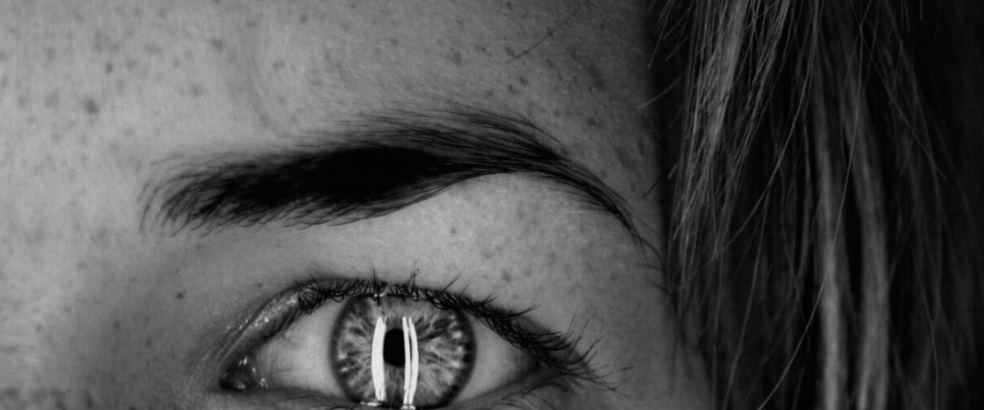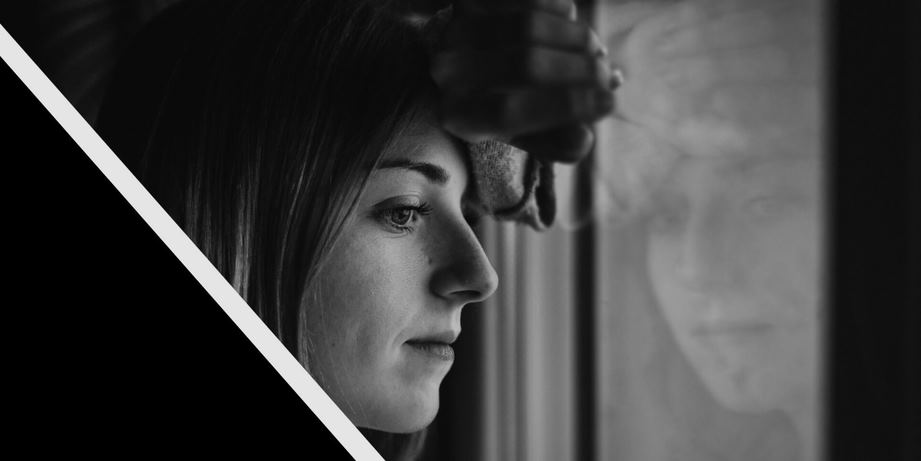Black-and-White Thinking
Are you someone who tends to see life in black and white? Do your opinions feel set in stone, and do you automatically label people as “right” or “wrong” without considering their circumstances and point of view? If that sounds like normal behavior, this blog post is for you! We all tend to be drawn towards polarizing perspectives, but thinking more deeply about the many shades of grey can open up a whole new world of understanding for ourselves and others.
What is black-and-white thinking?
One of the ways we make it easy for ourselves to perceive such a complex world is through black-and-white or polarized thinking. This type of thinking manifests itself when we categorically evaluate the events of our lives, ourselves, and those around us. We tend to put them in the box of labels such as “good”, “bad”, “right,” or “wrong” without exploring the full context.
Black-and-white thinking was initially useful to humans and contributed to the survival of the human species in the process of evolution, as it helped to respond quickly to danger. However, in the modern world, there are fewer and fewer situations that require the use of black-and-white thinking to survive, and as a result, it harms us more often than it helps.

Black-and-white thinking is characteristic of various psychological disorders. Depressed people often use the categories “always/never”, “everything/nothing”, and “wonderful/terrible”. In hypochondriacal disorder, people are more likely to think, “I am either completely healthy or terminally ill.”
This thinking can be beneficial when making snap decisions because it simplifies reality and helps us make decisions quickly. But it can also lead to problems when we’re too quick to label situations as either/or and fail to appreciate the nuances of different perspectives or our biases.
What are the alternatives?
Instead of black-and-white thinking, there are better ways to evaluate events and people that don’t involve sweeping judgments. One way is to practice “gray thinking”, which allows us to see the shades of gray between two opposite ends of any spectrum.
It also helps if we look at the context and circumstances to understand better what’s going on. It means we can make more informed decisions based on facts rather than labels. Finally, it’s important to practice empathy and be open to learning from different life perspectives. As the saying goes, “you can’t understand someone until you’ve walked a mile in their shoes”. By putting ourselves in someone else’s shoes, we can understand why they see things differently and develop creative solutions that accommodate everyone’s needs.
Black-and-white thinking can be a useful tool for quick decisions, but it has limits. Thinking in a palette of different shades will contribute to a more objective assessment of reality, reduce the severity of negative emotions, anxiety, and stress, and help you make more rational decisions. But be sure to give yourself time and be patient: changing habits is not easy. It requires regular monitoring and practice. So take a step back and see if you can shift your perspective today!


